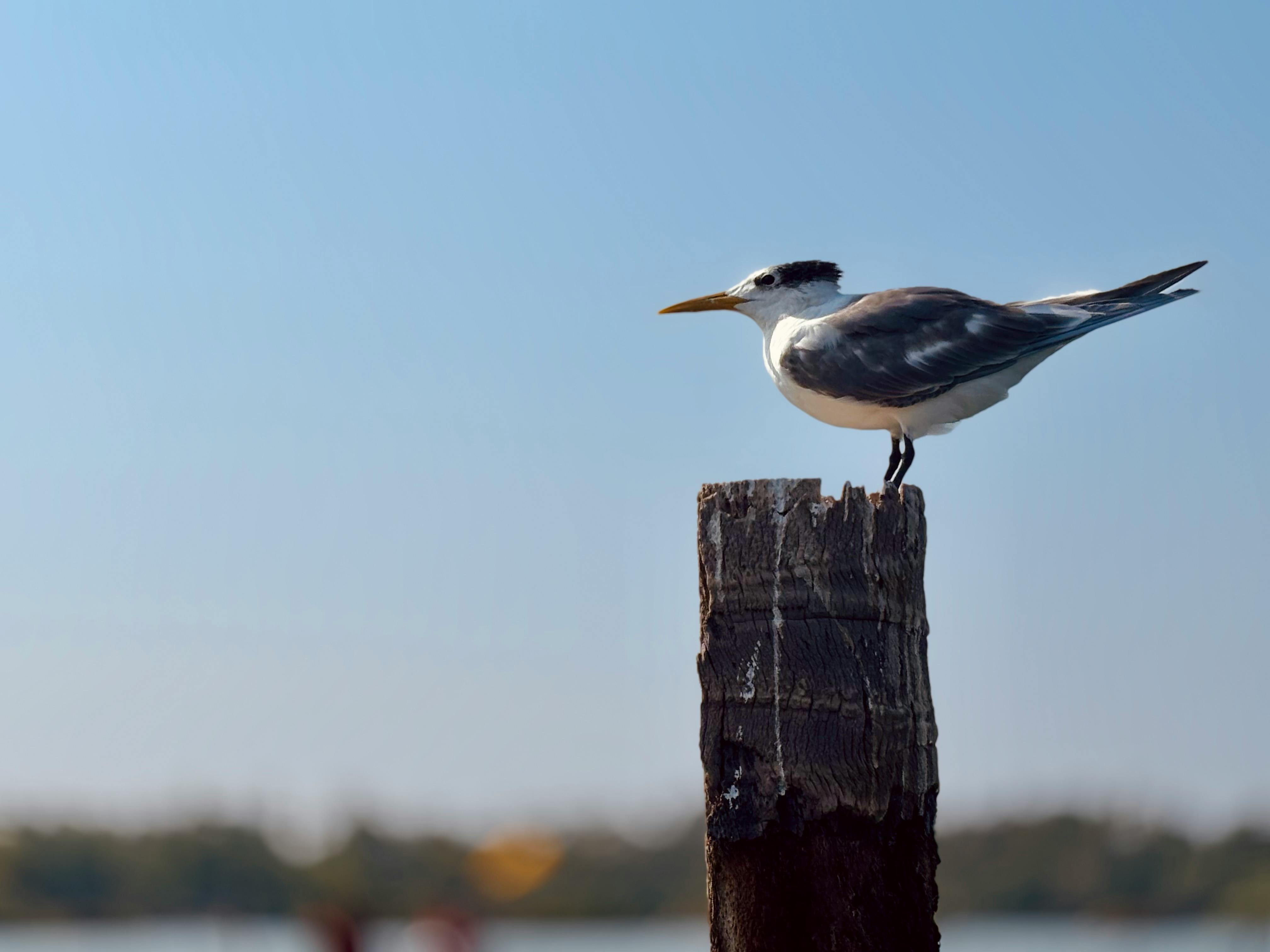Effective Ways to Care for Eastern Cottontail Rabbits
The eastern cottontail rabbit, a common and beloved species across North America, is not just a cute face but an important part of the ecosystem. Understanding their needs and behaviors is crucial, especially as urban areas expand and their habitats decline. This article provides an in-depth look at effective ways to care for these rabbits in 2025, emphasizing their habitat management, feeding habits, breeding cycles, and adaptation strategies. Through careful attention to these areas, we can ensure their survival and flourishing in both wild and suburban settings.
By focusing on key aspects such as cottontail habitats, diet variations, and threats they face, you can help protect these essential creatures. This article will guide you through the eastern cottontail's behavior and ecology, discussing effective conservation efforts and practical strategies for observing and supporting them in your area.
Understanding Cottontail Habitats
Eastern cottontail rabbits thrive in various habitats, including fields, forests, and suburban areas. They prefer areas with ample cover, such as shrubs and grasses, which provide safety from predators. Understanding their habitat preferences is critical for ensuring their well-being. In 2025, urban development poses a challenge; thus, habitat management will have to adapt to include wildlife corridors and green spaces that allow cottontails to thrive alongside human populations.
One crucial aspect of cottontail habitats is the availability of food sources. Cottontails are herbivores and mainly consume grasses, clover, and leafy greens, depending on the season. During the summer, they may also eat fruits and flowers, while winter prompts a shift to twigs and bark. By planting a diverse range of native flora in your garden, you can provide not only a food source for these rabbits but also contribute to supporting local ecosystems.
Eastern Cottontail Behavior
Cottontail behavior is fascinating and complex. These rabbits are crepuscular, meaning they are most active during dawn and dusk. Observing their natural foraging habits can reveal much about their interactions within their habitat. They will frequently use specific pathways through their territory, and they can establish fairly large home ranges depending on environmental conditions and food availability.
Social structure plays a vital role in their interaction with one another. Eastern cottontails tend to be solitary outside of mating season, although females may tolerate other rabbits in their territory when raising young. Understanding their social dynamics can provide insight into how cottontails communicate, share space, and evade threats from predators like foxes and hawks.
Feeding and Foraging Behavior
The diet of eastern cottontails is varied and reflects the seasonal changes in their environment. These rabbits are known for their selective feeding behavior. They often prefer tender young plants during the spring, while their diet becomes more fibrous and woody in winter months when grasses are less available. This adaptability demonstrates their survival strategies in changing conditions.
Providing supplementary food can help cottontails, especially in urban areas where natural food sources are limited. Homeowners can consider planting a variety of native plants, which will not only support cottontails but also other wildlife. However, caution should be exercised; it is vital to ensure that any fed food does not expose them to human-related dangers, such as pesticides and diseases. A diversified diet supports their health and enhances their reproductive success.
Cottontail Reproduction Cycles
Understanding the reproductive habits of eastern cottontails is essential for effective care, especially if you are observing them in your environment. Breeding occurs primarily between February and September, with females capable of producing several litters annually. Each litter may consist of up to six young, which are born blind and hairless, requiring substantial maternal investment. This reproductive strategy allows for population growth despite environmental pressures.
Each breeding cycle is a critical period for cottontails, as they face various challenges, including predators and habitat loss. Managing habitat to ensure safe breeding environments can significantly impact local cottontail populations. Observers should approach nests with care, as disturbances can lead to abandonment or increased vulnerability to threats.
Cottontail Lifespan and Health Issues
The lifespan of eastern cottontails in the wild typically ranges from one to three years, though some may live much longer under ideal conditions. Various factors affect their longevity, including predation, disease, and environmental conditions. Cottontails are susceptible to several health issues such as myxomatosis and hemorrhagic disease. Urban and suburban cottontails may also face health challenges related to pollution and habitat fragmentation.
It is essential for anyone observing cottontails in their area to be aware of potential health risks and assist them when possible by maintaining clean and safe environments. For example, minimizing pesticide use in gardens not only protects the rabbits but can ensure the entire ecosystem remains healthy.
Eastern Cottontail Conservation Efforts
Conservation efforts for eastern cottontails increasingly focus on habitat restoration and management. This includes implementing practices that enhance natural habitats and reducing human impacts. Working with local wildlife agencies can inform homeowners and communities about planting initiatives that support cottontails while balancing human needs.
Public awareness campaigns can also play a significant role. Educating communities about the importance of cottontails and their ecological roles can foster a culture of conservation. Efforts should include encouraging safe interaction practices, promoting natural gardening, and reporting cottontail sightings to monitor population trends effectively.
Cottontail Interaction with Humans
The relationship between eastern cottontails and humans is multifaceted. While many people appreciate their presence, the increasing urbanization of landscapes poses risks for these rabbits. Understanding how to coexist with cottontails involves awareness of their behaviors and habitat needs.
Urban adaptation strategies have become essential as cottontails navigate through increasingly developed landscapes. Simple actions, such as preserving green spaces and planting native vegetation, can significantly improve the living conditions for these animals.
Cottontail Threats and Strategies for Protection
Eastern cottontails face threats from habitat loss, predation, and disease. Understanding these threats facilitates better strategies for their conservation. One of the primary issues is the destruction of their natural habitats due to urban development. This encroachment can lead to a lack of food sources and shelter, making them vulnerable to predators. Therefore, creating wildlife corridors and maintaining green spaces is crucial in urban settings.
Education plays a critical role in managing these threats. Informed communities are better equipped to protect local wildlife, including advocating for cottontail-friendly landscaping and reducing unnecessary dangers presented by human activities.
Understanding Cottontail Seasonal Behavior
Seasonal changes significantly influence cottontail behaviors. During spring and summer, breeding activities increase, while fall and winter may lead to more foraging as they search for food stashes. Observers can note these seasonal behaviors to better understand cottontails' ecological needs.
Additionally, recognizing the signs of seasonal changes can help in monitoring their populations. Wildlife enthusiasts can document their sightings and behaviors throughout the year, providing significant data that can aid in conservation efforts.

Eastern Cottontail Migration Patterns
Interestingly, while eastern cottontails do not migrate extensively like other species, they do exhibit movements between habitats in search of food or suitable nesting sites. Understanding these patterns can help in crafting effective management plans, especially during seasonal shifts when environmental needs change.
Monitoring cottontail tracking through community efforts can provide valuable insights into their behaviors and aid in understanding regional differences in populations. This data can inform conservation strategies, ensuring eastern cottontails continue to thrive in diverse ecosystems.
Cottontail Ecological Roles
Eastern cottontails play a critical ecological role by serving as prey for a variety of predators, including foxes, hawks, and owls. Their foraging habits also help in shaping the plant communities in their habitats, influencing growth patterns and plant diversity. Understanding their ecological impact further emphasizes the need for effective conservation efforts.
The cottontails' contributions to their ecosystems underscore their importance in maintaining balance within food webs and promoting biodiversity. Therefore, fostering healthy populations of these rabbits is crucial for ecological health.

Conclusion
Eastern cottontail rabbits are vital components of our ecosystems, and understanding their care is crucial in 2025 and beyond. By focusing on habitat management, recognizing their unique behaviors, and implementing effective conservation strategies, we can ensure their survival and foster a balanced relationship between humans and wildlife. Working collectively can create a brighter future for these remarkable creatures.
